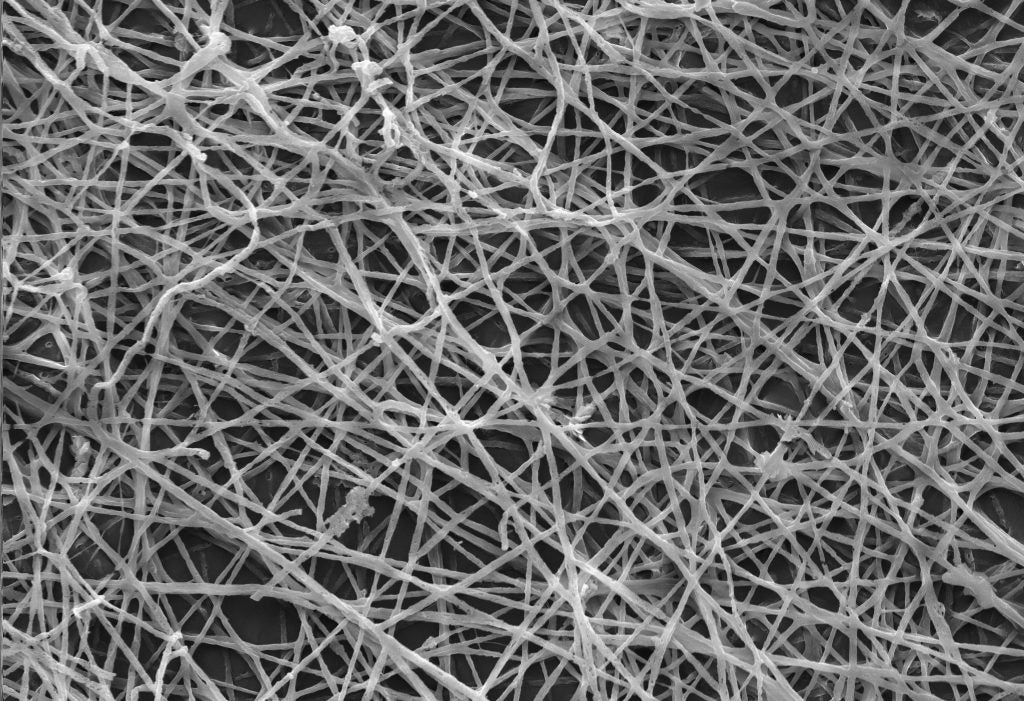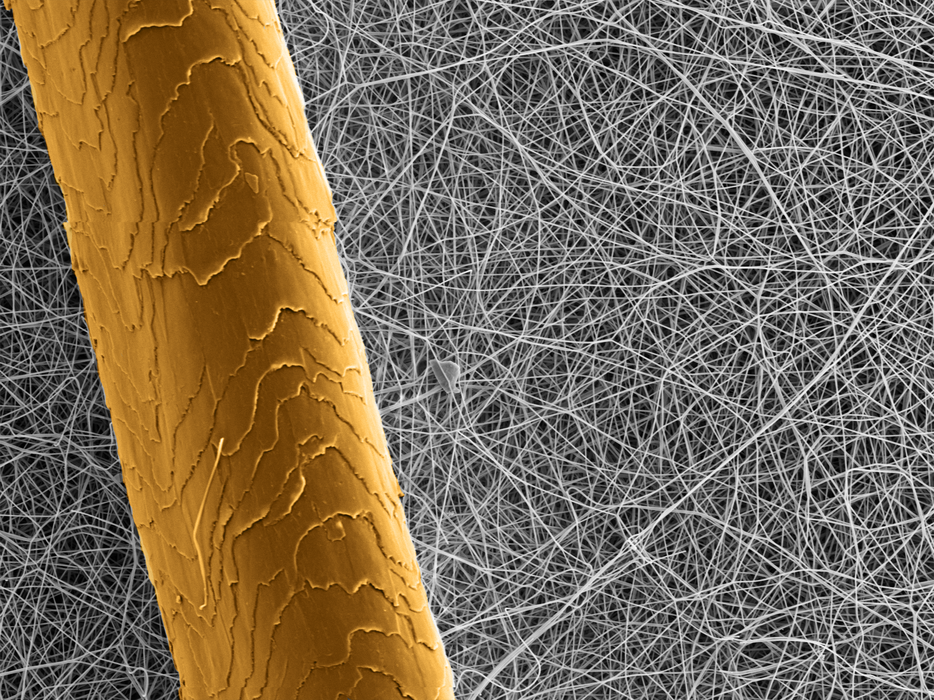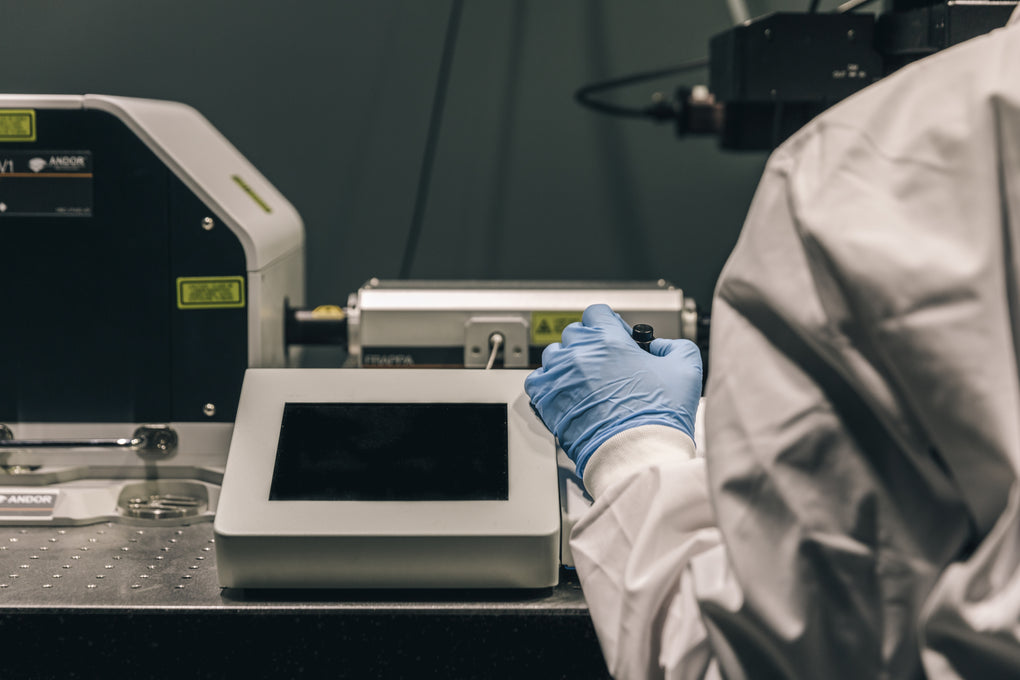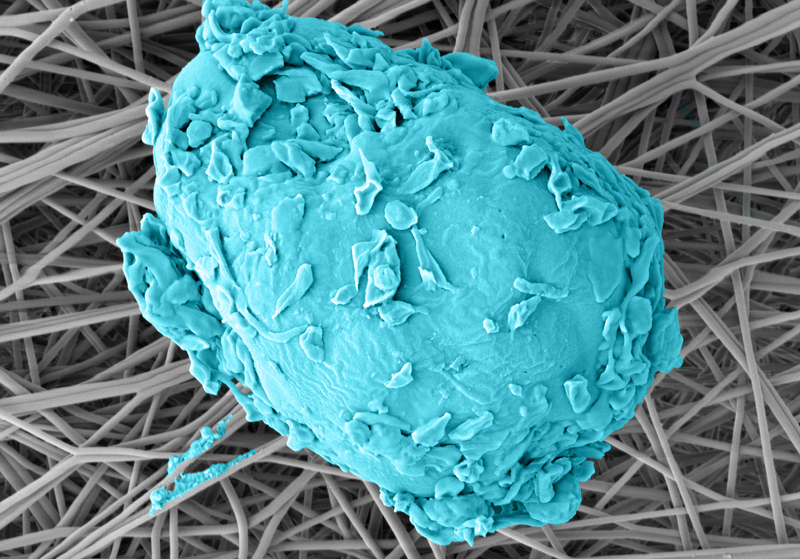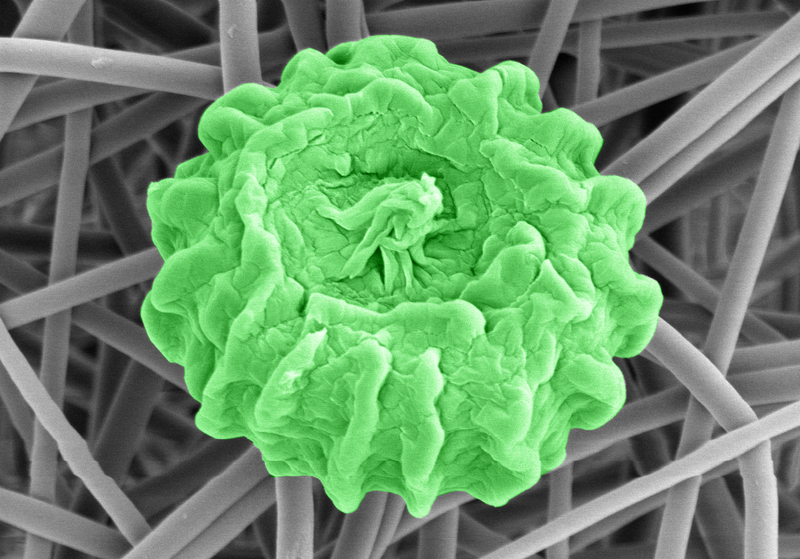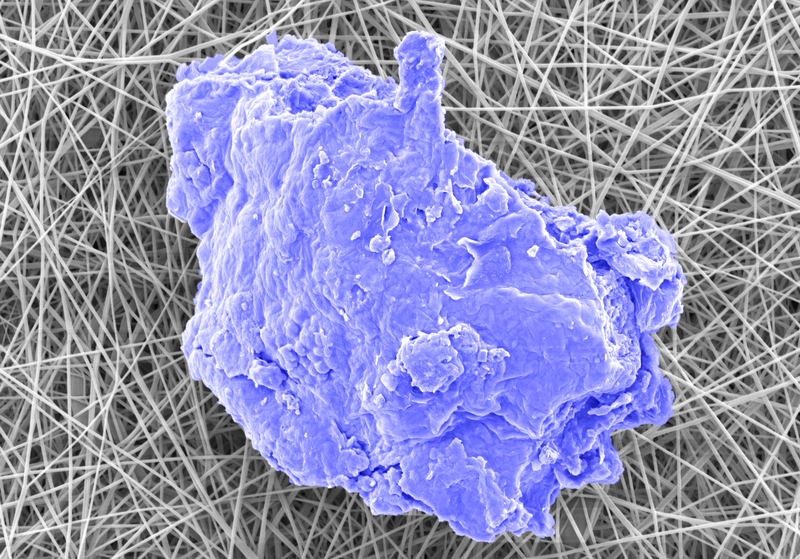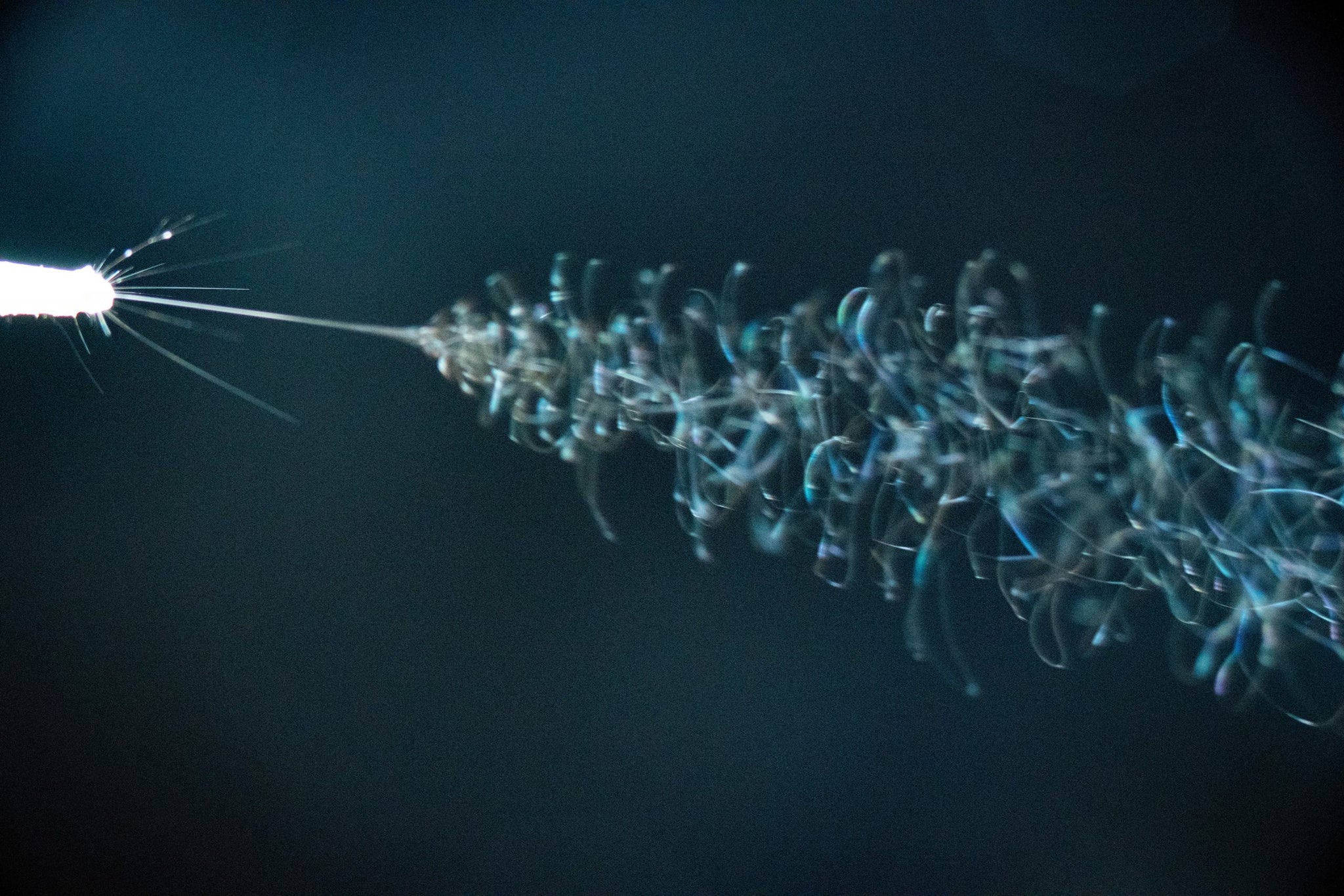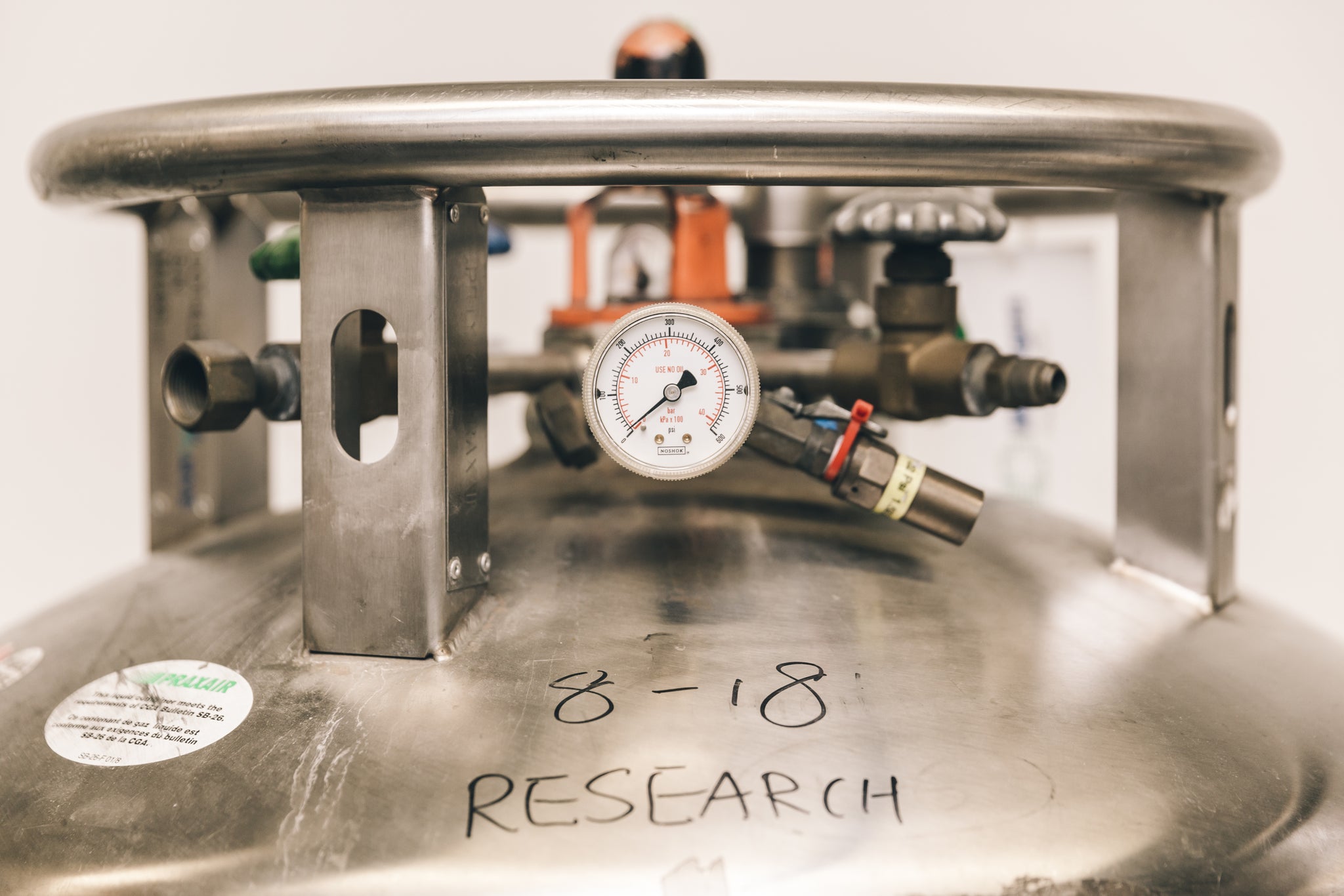Our products are manufactured using cutting-edge nanofiber technology developed and popularized by our founder, Dr. Jayesh Doshi, a researcher at the forefront of developments in electrospin technology.
During the electrospinning process, nanofibers ranging from 100 to 500 nanometers in diameter are woven together to form a microscopic mesh that is incredibly effective at filtering out pollutants. Thanks to the nanofibers, this microscopic mesh has a larger surface area to capture more small particulate matter, like dust, aerosols, pathogens, and smoke. Their nanoscopic size also reduces air flow restriction and lowers pressure drop, which lasts longer and ensures that your HVAC system is energy efficient.
Unlike standard filtration materials, our nanofibers are water and oil resistant, making them durable in tough weather conditions.


